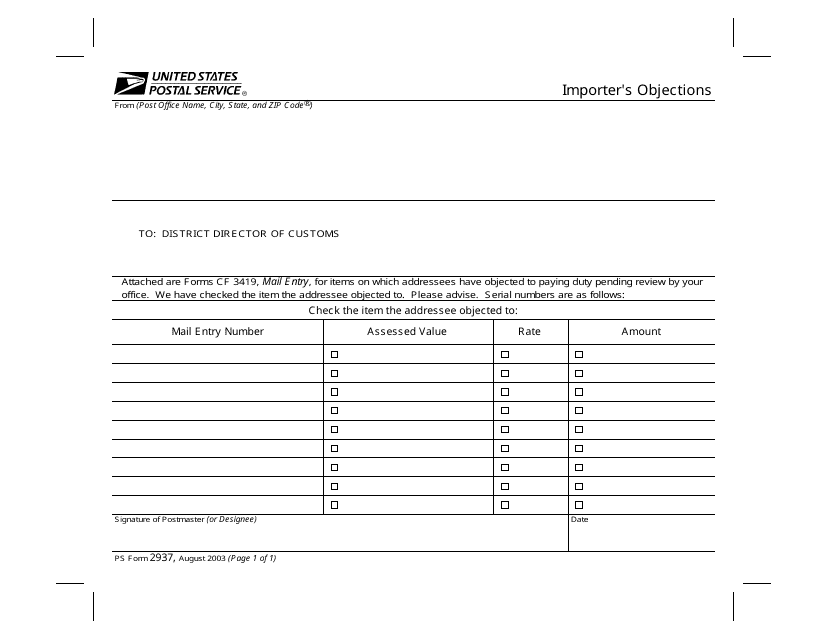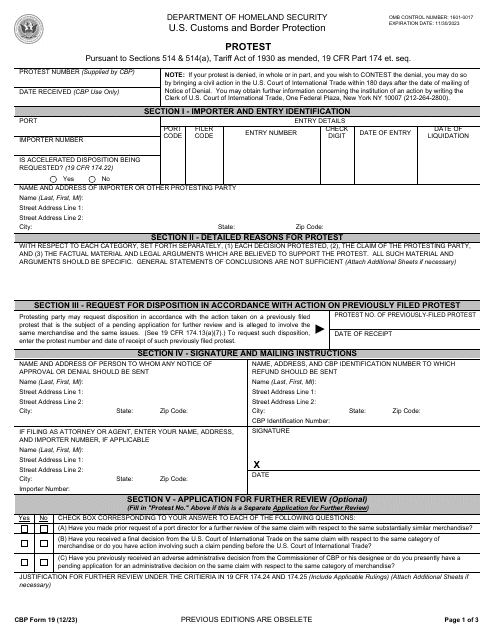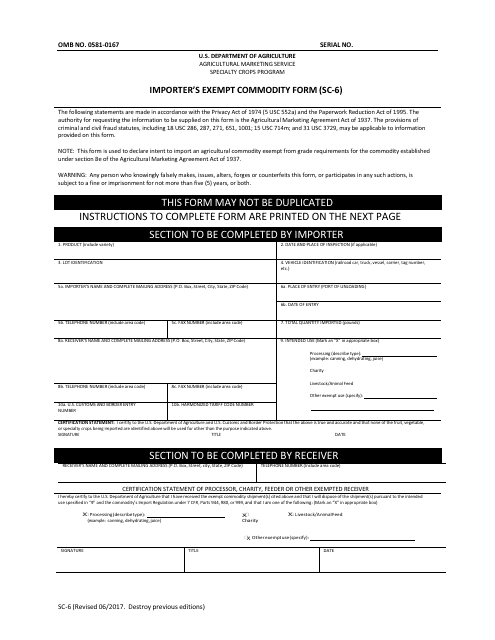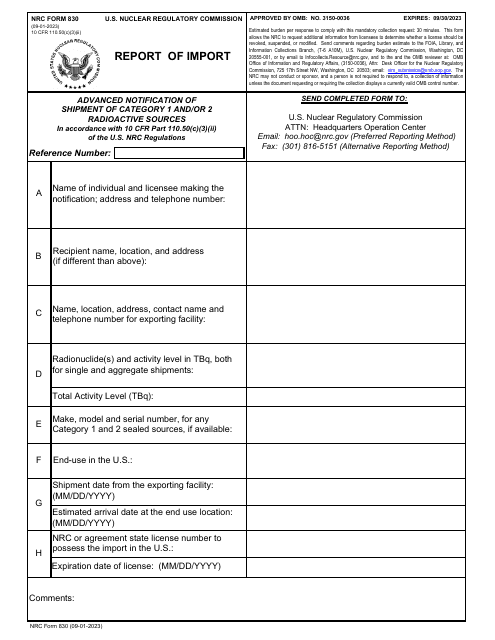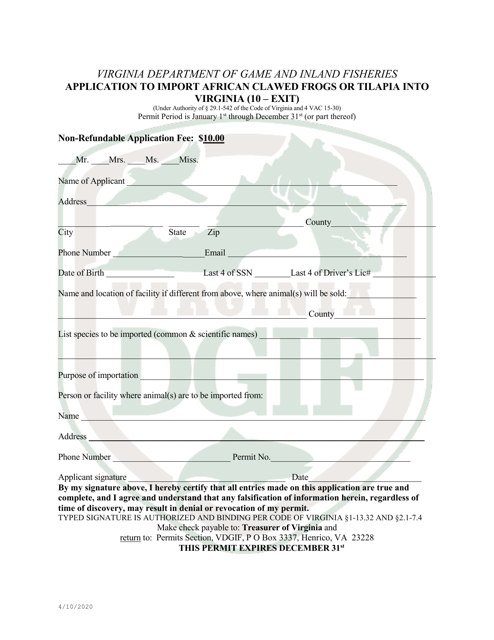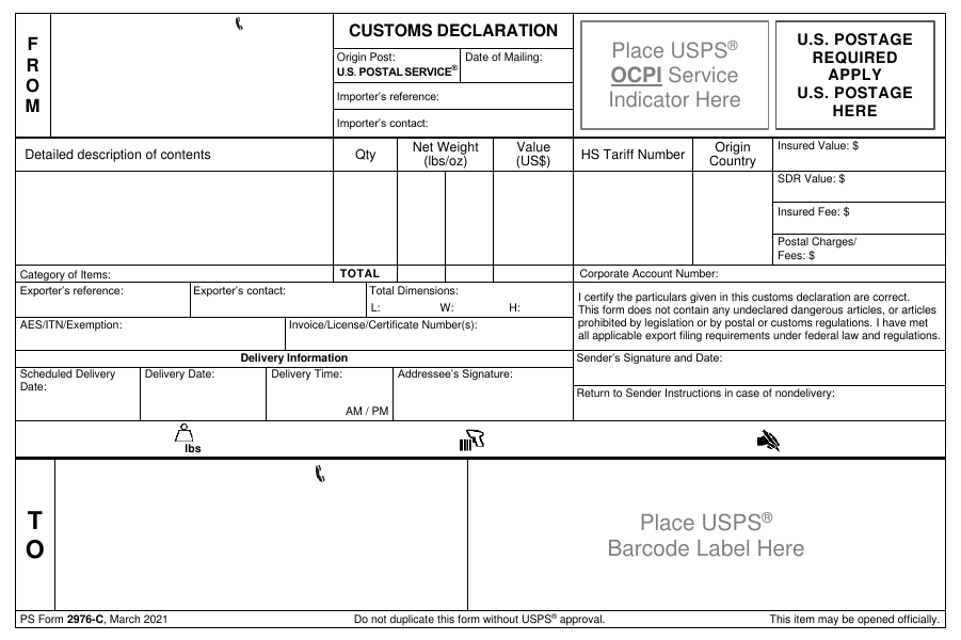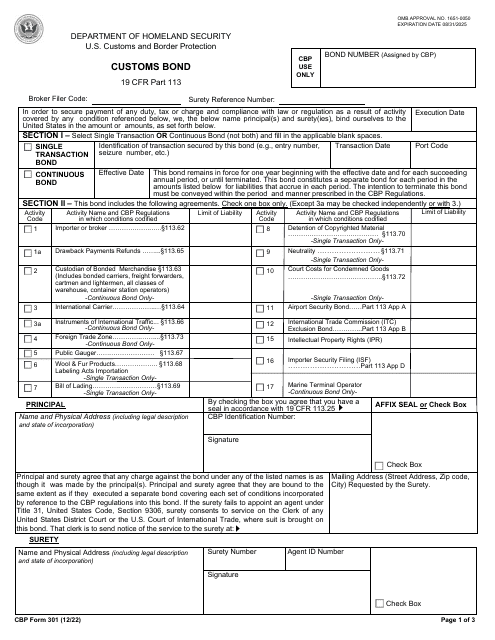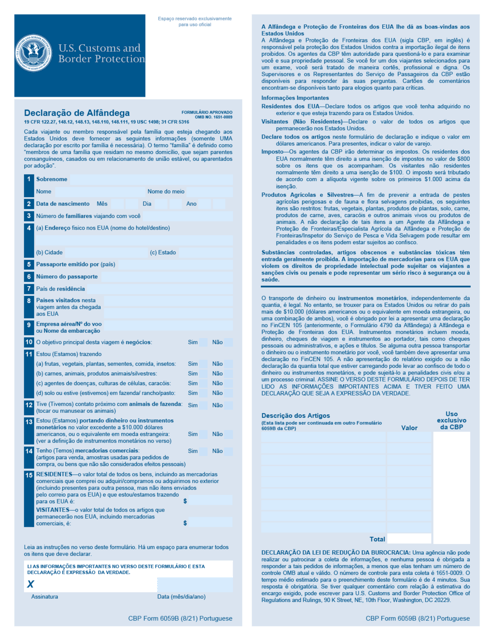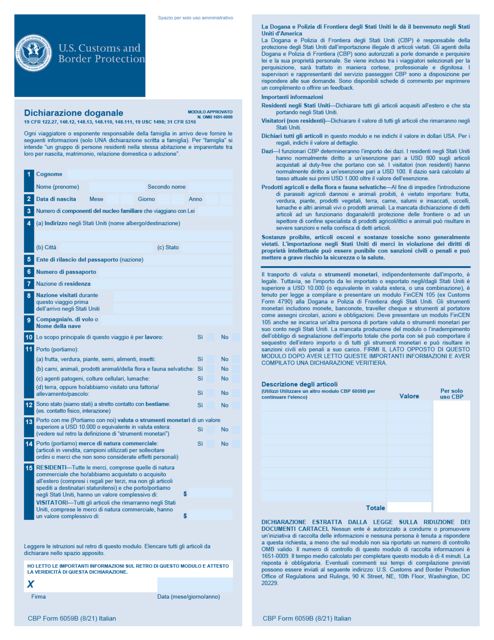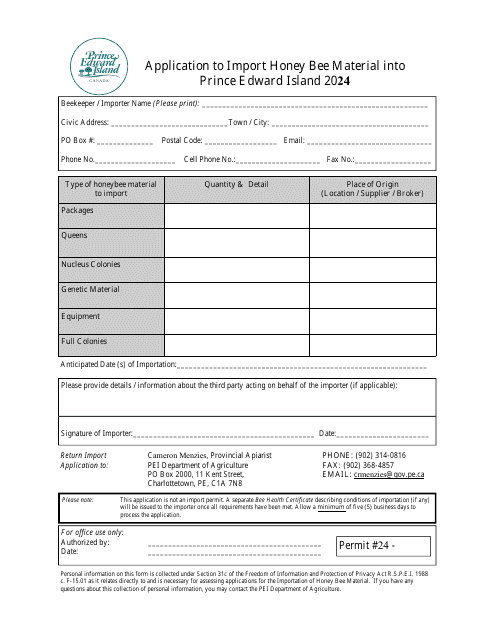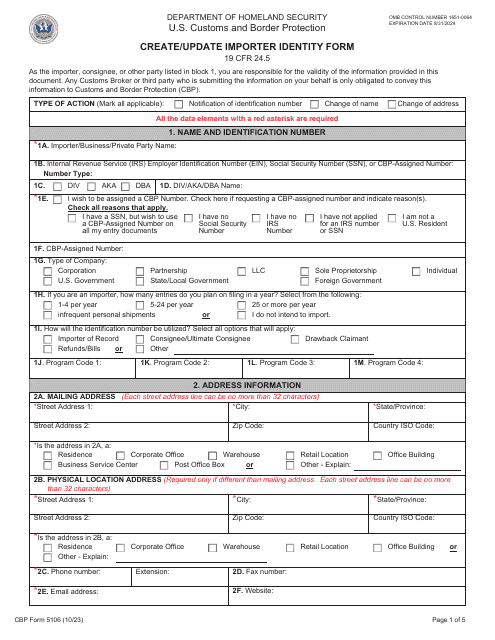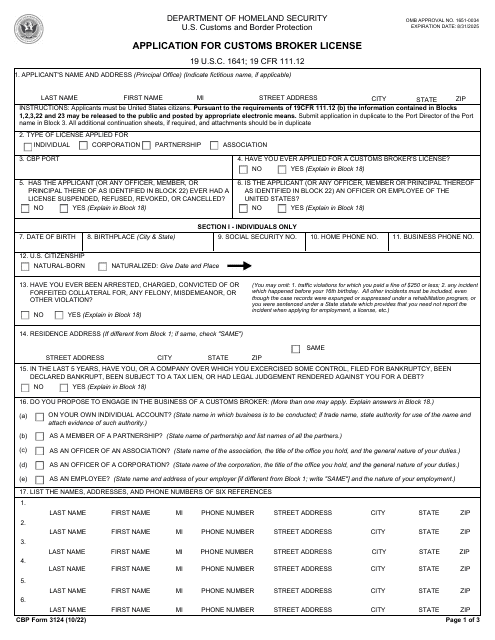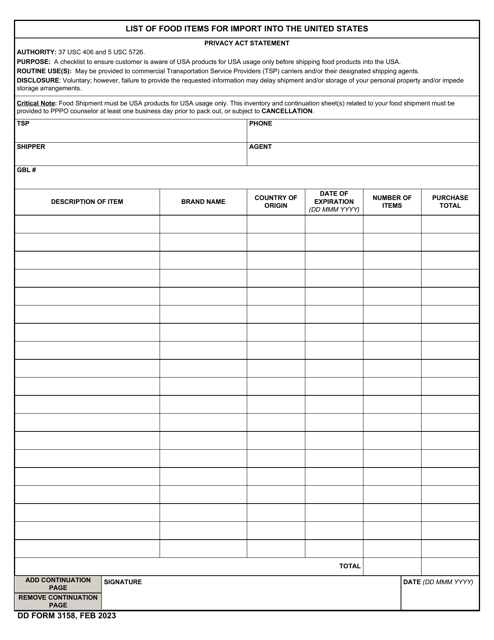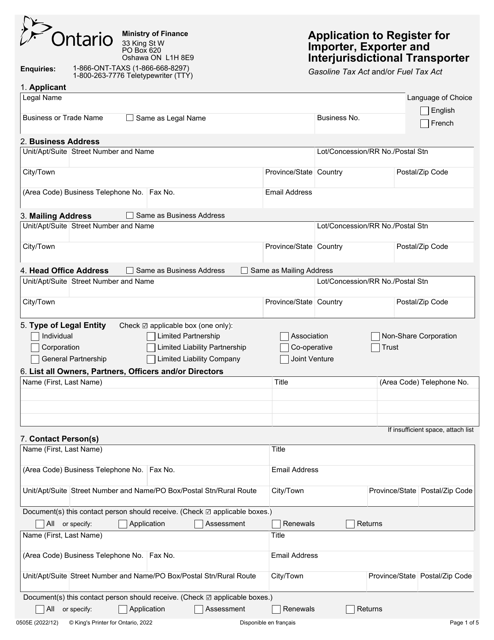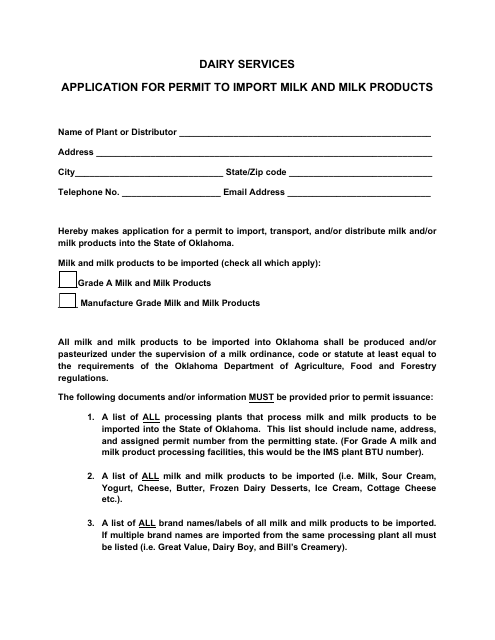Import Regulations Templates
Are you looking to import goods into the United States, Canada, or other countries? It's important to understand the import regulations in order to ensure a smooth and compliant process. Whether you're a business looking to expand your product offerings or an individual bringing back souvenirs from your travels, adhering to import regulations is crucial.
Import regulations encompass a wide range of rules and requirements that govern the importation of goods. These regulations are put in place to protect the economy, environment, and citizens of a country. They cover various aspects such as customs declarations, import duties and taxes, licensing requirements, and compliance with specific regulatory standards.
To navigate the complex world of import regulations, it's helpful to have access to relevant resources and forms. For example, the CBP Form 301 Customs Bond is a document that ensures compliance with customs regulations and provides financial security to the authorities. The CBP Form 6059B Customs Declaration, available in multiple languages, is used to declare the goods you're bringing into a country.
If you're planning to import goods into Prince Edward Island, Canada, you may need to fill out the Application to Import Honey Bee Material. This form is specific to the region and ensures that imported honey bee material meets the necessary criteria and poses no threat to the local ecosystem.
Another important document is the CBP Form 5106 Create/Update Importer Identity Form. This form is used to establish or update the identity of an importer and helps authorities maintain accurate records and facilitate trade processes.
If you're considering becoming a customs broker, the CBP Form 3124 Application for Customs Broker License is essential. This document is necessary for individuals or businesses looking to engage in the business of customs brokerage, which involves handling and facilitating the importation process on behalf of clients.
Understanding and complying with import regulations can be a complex task, but with the right resources and knowledge, you can navigate this process smoothly. Stay informed and ensure a seamless import experience by accessing the right documents and understanding the requirements set forth by customs authorities.
Documents:
20
This form is used for importers to submit objections regarding the shipment of goods.
This form is used for importing exempt commodities and is required for certain importers.
This form serves to describe relevant information about the imported commodity, such as its origin, classification, and appraisement. The information is used to record the amount of tax and duty paid.
This document is an application form for individuals or businesses who wish to import African Clawed Frogs or Tilapia into the state of Virginia. It is necessary to obtain permission from the appropriate authorities before bringing these species into the state.
This form is used for applying for a permit to import plants or plant products into the United States.
This Form is used for declaring goods and their value when shipping internationally.
This form is an agreement between a principal, obligee, and surety. Fill it out as a proof of payment of fees, taxes, and duties, and to make sure you comply with the law regarding goods and activities.
Download this form to create or update an Importer Account with Customs and Border Protection (CBP). Anyone who submits their first entry has to file an import entry. This information is entered into the CBP's database or is used to correct the file of a registered importer.
This document is a list of food items that are allowed to be imported into the United States. It is used to ensure the safety and legality of imported food products.
This form is used for individuals or businesses in Ontario, Canada to apply for registration as an importer, exporter, or interjurisdictional transporter.

